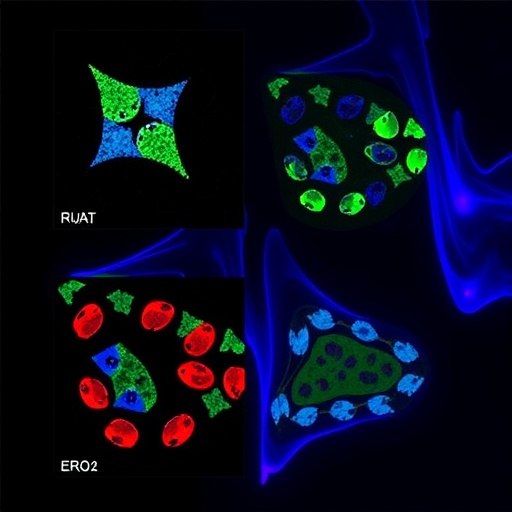
Credit: Clara Garmy
In a school-based survey study of all students in grades 6, 8, and 10 in Iceland, the use of pain medications was significantly higher among bullied students even when controlling for the amount of pain they felt, as well as age, gender, and socioeconomic status. The findings are published in Acta Paediatrica.
A total of 10,390 students completed anonymous surveys and answered questions about bullying, pain, and pain medication use. Bullied students tended to experience more pain than their non-bullied students, and bullied students were twice as likely to use pain medication even when controlling for experienced pain.
“Interventions aimed at reducing bullying and promoting health in schools are important and might reduce the use of analgesics in adolescents,” said corresponding author Dr. Pernilla Garmy, of Kristianstad University, in Sweden.
###
Media Contact
Penny Smith
[email protected]
Related Journal Article
http://dx.




